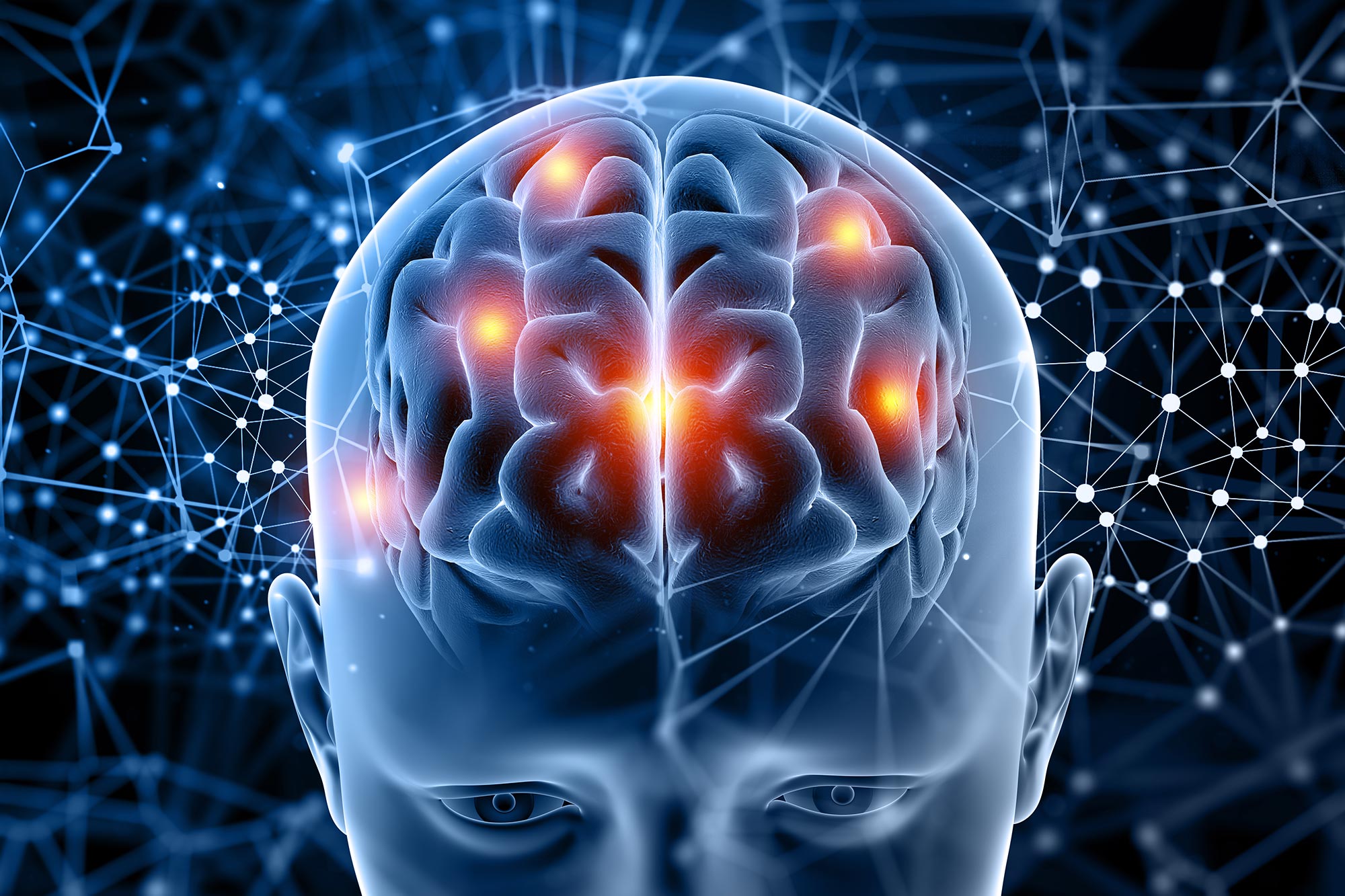
A Fresh Perspective on Consciousness: Innovative Study Disputes Key Theories in Neuroscience
By NeuroEdge Contributors
For many years, researchers have been striving to solve one of neuroscience’s most intriguing dilemmas: How does the brain create conscious experiences? While various theories have surfaced, only a handful have undergone rigorous testing under conditions aimed at reducing bias. Now, a pivotal seven-year study published in Nature is transforming the field of consciousness research—and in effect, it raises more questions than it resolves.
This research saw the collaboration of over 200 scientists from institutions around the globe who united in what is termed an “adversarial collaboration.” This novel method intentionally contrasted two prevailing theories of consciousness, designing experiments to either refute or validate each hypothesis. The results challenge core beliefs regarding the emergence of consciousness and suggest vital neural pathways connecting sensory input with higher cognitive functions.
The Competing Theories: IIT vs. GNWT
The primary theories examined in the research are Integrated Information Theory (IIT) and Global Neuronal Workspace Theory (GNWT).
– Integrated Information Theory asserts that consciousness emerges from the integration of information within networks in the posterior cortex (the back part of the brain encompassing sensory areas). Essentially, consciousness is a result of how information is interconnected and unified in perceptual brain regions.
– Global Neuronal Workspace Theory posits that consciousness arises from the dissemination of information to the frontal cortex. It highlights the function of higher brain regions in integrating, retaining, and expressing conscious information.
To evaluate the forecasts of both theories, 256 participants were shown images while their brain activity was tracked using an array of sophisticated techniques: functional MRI (fMRI), magnetoencephalography (MEG), and intracranial electroencephalography (iEEG). These technologies offered a powerful, multi-faceted view of brain activity during conscious perception of an image—whether it’s a face, object, or specific orientation.
Key Findings: Questioning Established Norms
Despite the advanced methodologies and the extensive scale of the study, neither theory was definitively vindicated. Instead, the outcomes uncovered notable inconsistencies with both IIT and GNWT.
– For IIT, researchers anticipated consistent synchronization in posterior neural networks during conscious perception. This synchronization, however, was markedly missing.
– In the case of GNWT, the theory’s assumption of a neural “ignition” in the prefrontal cortex following stimulus disappearance—an indicator of reflective awareness—was not supported. Additionally, data indicated that some aspects of conscious experience were not represented in frontal regions at all.
In a surprising twist, the experiments revealed strong and meaningful functional links between the visual cortex and frontal areas. This implies that sensory regions may have a more dynamic role in consciousness than previously thought, acting not merely as passive processors but as central contributors to awareness generation.
Redefining Consciousness Research
One of the most transformative elements of this research isn’t solely what was found—but how the investigation was conducted. Rather than affirming existing theories or advocating for a singular viewpoint, the team aimed to collaboratively question their own preconceptions. Dr. Christof Koch of the Allen Institute, a lead figure in the study, noted that this project directly addressed the enduring Mind-Body Problem by rigorously testing the fundamental theories of neuroscience.
“This embodies the kind of confrontational yet constructive science we need to tackle major questions,” states Koch.
Practically, the findings point to new avenues for clinical diagnostics. If consciousness relies more heavily on sensory processing than previously understood, new methodologies could be developed to identify awareness in patients who are unresponsive or in comatose conditions.
Beyond Theories: A Call for a New Scientific Framework
While the study challenged significant elements of both leading theories, it was not a setback. On the contrary, it laid a robust groundwork for scientific advancement. By directly comparing theories and utilizing high-resolution imaging, researchers have established an empirical framework for future exploration of consciousness.
Professor Anil Seth of the University of Sussex, a contributing theorist, highlighted the study’s nuanced achievements: “Much has been gleaned about both theories and about the timing and location in the brain where information regarding visual experiences can be decoded.”
Instead of declaring a victor between IIT and GNWT, the study champions the development of more refined, quantitative theories that can be systematically tested and progressively enhanced. Such an approach would ideally integrate elements from both viewpoints or inspire entirely new theories rooted in empirical data.
Implications for the Future: Medicine, Ethics, and Beyond
The ramifications of the study stretch well beyond laboratory settings. Comprehending the essence of consciousness intersects with numerous fields, from AI ethics and criminal liability to medical treatment and end-of-life choices.
For instance, if consciousness can be observed through subtle sensory reactions independent of frontal cortex activity, it could transform the identification and management of unresponsive patients. Misdiagnosed individuals may be found to retain a level of awareness that current protocols are unable to detect.
A New Model for Collaboration
Perhaps one of the most revolutionary features of the research